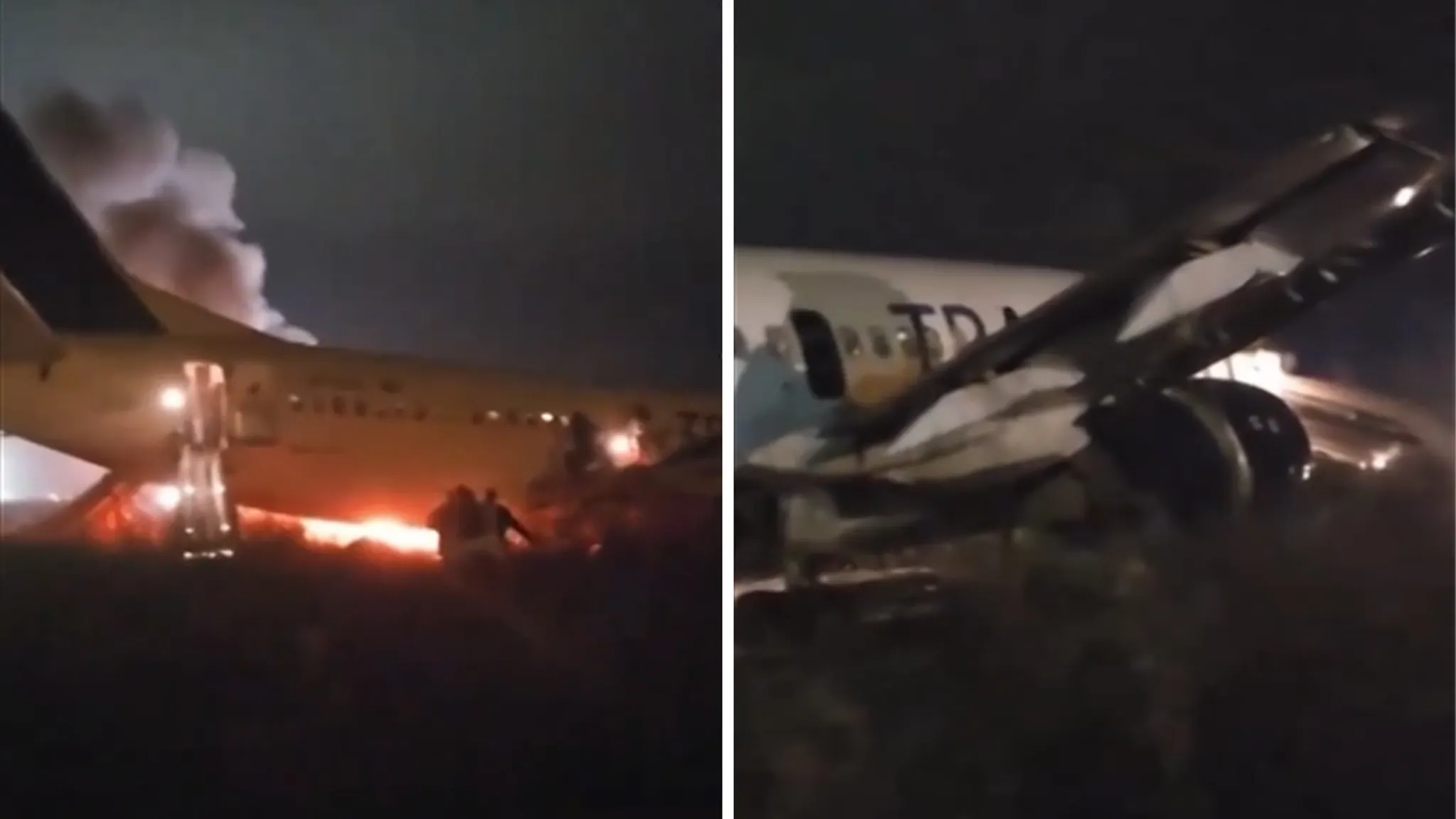May 23 (Punjab Khabarnama) : After the unexpected demise of two Boeing whistleblowers this year, the Federal Aviation Administration (FAA) revealed that at least 300 planes of the world’s largest aerospace company have a potentially fatal flaw that could set the entire aircraft to explode mid-air.
The aircraft maker found that Boeing 777 liners have fragile electrical insulation around their fuel tanks, as per a proposed rule the FFA posted in March.
“This condition, if not addressed, could result in an ignition source inside the fuel tank and subsequent fire or explosion,” the Airworthiness Directives stated.
The FAA reported the problem in March and sought response from Boeing and other independent experts by May 9, although it is still unknown whether the corporation did so.
Speaking to Daily Mail, Boeing representative highlighted that the FAA’s March 25, 2024 notice was for a “proposed rulemaking,” soliciting feedback from scandal-hit firm Boeing and others before the FAA formally mandated any planned modification to its 777 series of planes.
It is one of the biggest safety warnings issued by regulators to Boeing after its several passenger jets experienced door plug blowouts, mid-air engine blazes, and two fatal crashes that claimed the lives of 346 people.
The potential fatal flaw would affect almost 300 Boeing aircraft in the United States, including the 77-200, -200LR, -300, -300ER, and 777F series jets.
FAA issues proposal to resolve Boeing issue
After Boeing informed the FAA about the fault, the federal authority proposed a solution that would cost $14 million to repair all 292 susceptible US-registered aircraft.
“The proposed AD, which the FAA issued in March 2024, would require installing electrical bonding and grounding to a component in the center fuel tank. It would make mandatory service actions that Boeing described in a November 2023 alert bulletin,” an FAA representative said in a statement.
According to the proposal, each aircraft would be examined for approximately 90 hours before the installation of Teflon sleeves and cap fasteners in specific portions of the main fuel tanks.
Here’s what Boeing has to say
If implemented, Boeing would require 60 months to complete the modifications, indicating that the vulnerability is not a serious issue.
“We are aware of the FAA’s notice of proposed rulemaking and had previously issued guidance to 777 operators on this,” Boeing told Bloomberg.
It further added that it fully supports FAA’s suggestions to make that guidance mandatory.
In a Senate testimony last month, Boeing whistleblower Sam Salehpour stated that there is no safety culture at Boeing. He accused Boeing workers of using erroneous and unproven ways to align parts on the 777.
Salehpour claimed that he was “ignore” and told “to shut up” after he reported the issue to the authorities.
Meanwhile, a Boeing spokesperson told The Post that this is not an imminent safety problem for flights. “There are multiple redundancies designed into modern commercial airplanes to ensure protection for electromagnetic effects.”
The 777 fleet has been flying for almost three decades and has safely transported over 3.9 billion people, the representative added.
Boeing has been facing backlash for a variety of faults with its aircraft, including a door stopper that blew out during an Alaska Airlines trip in January.

